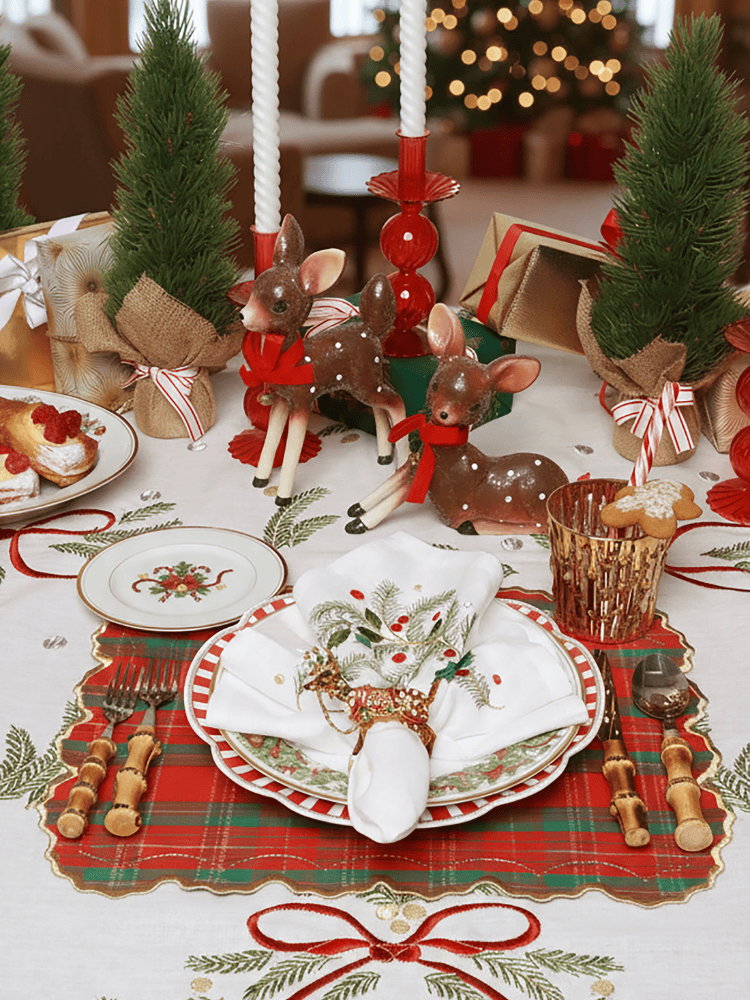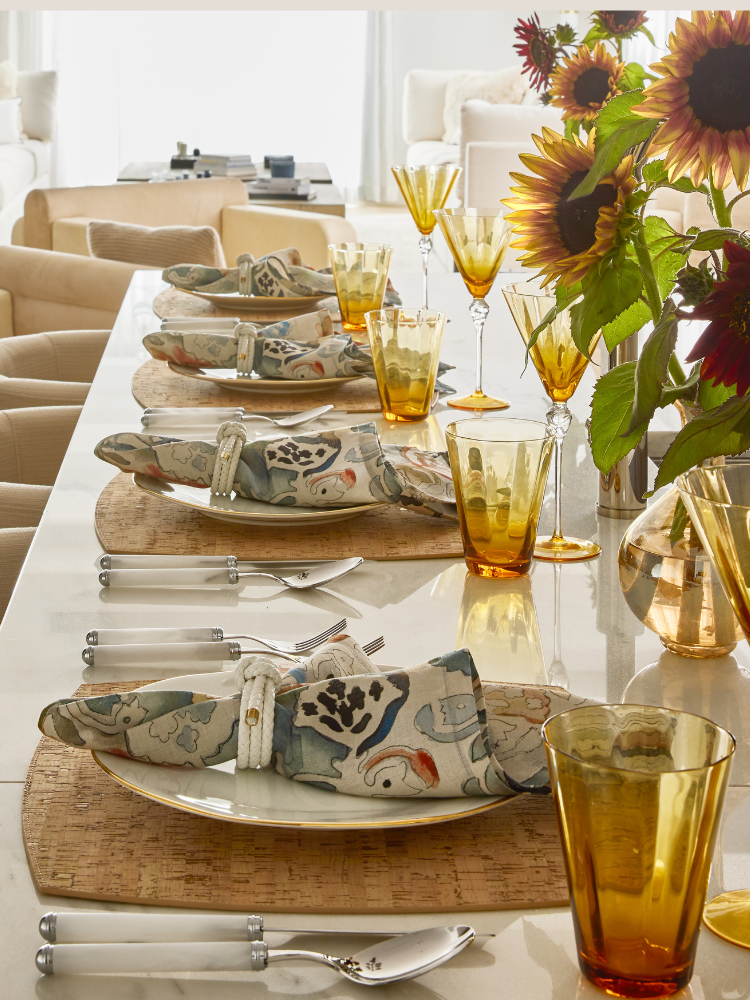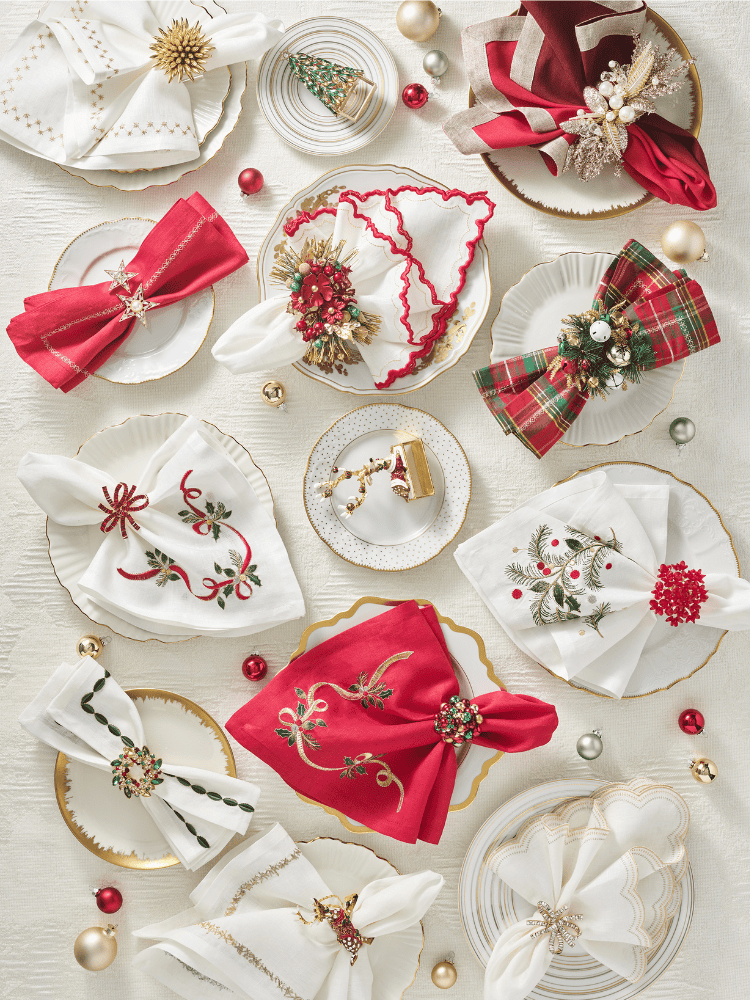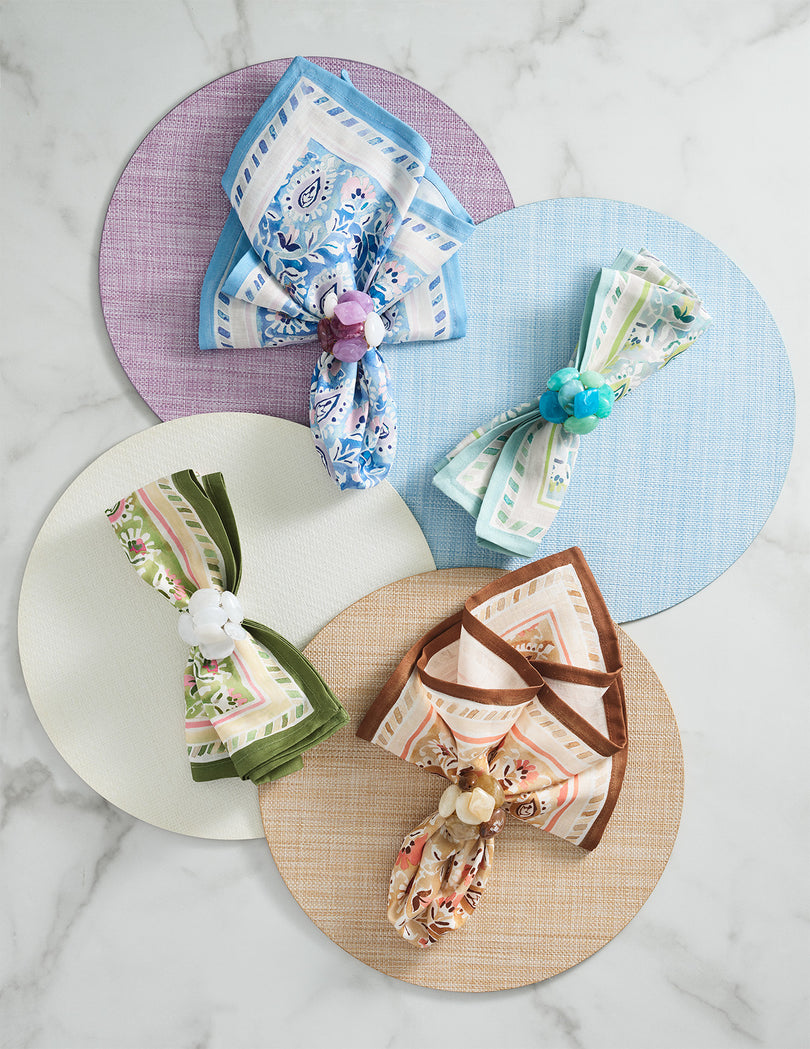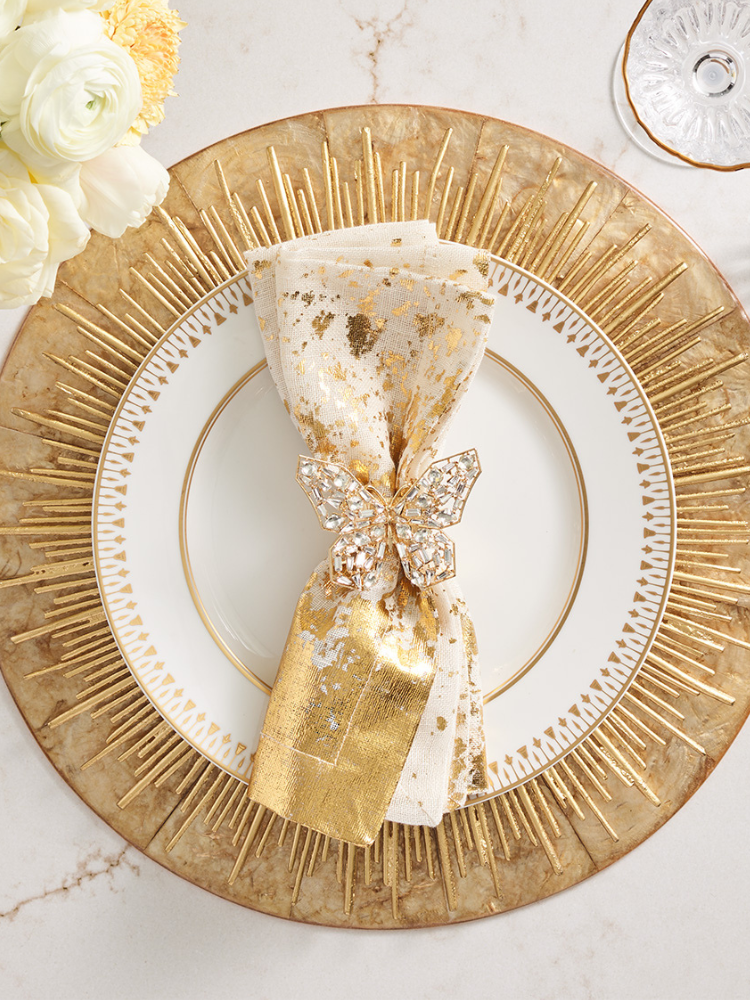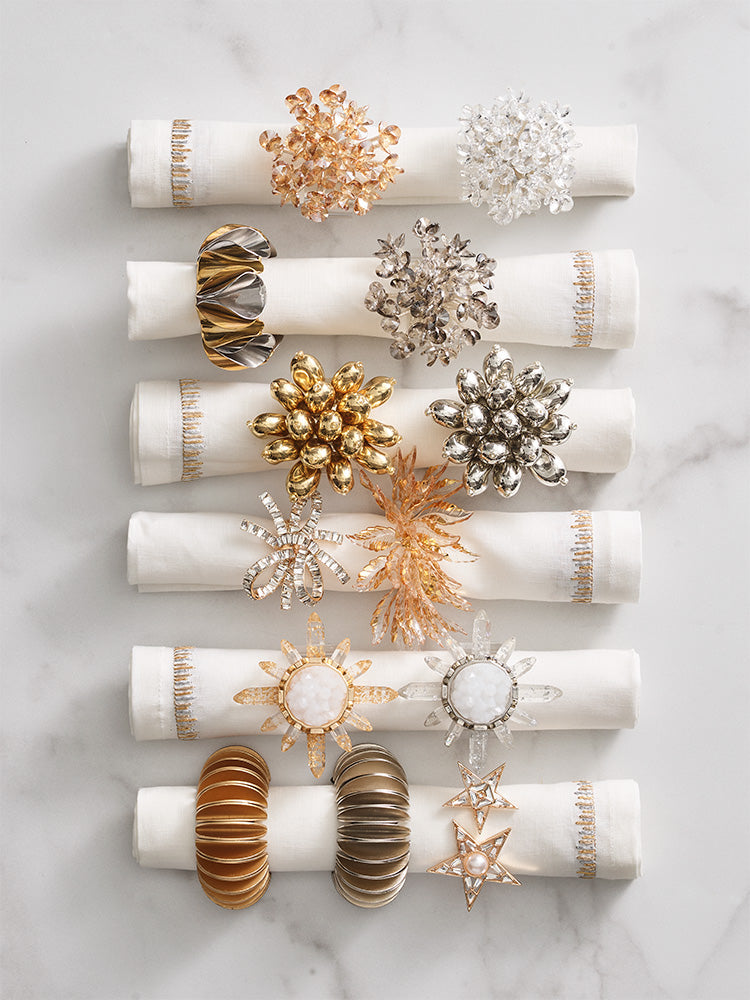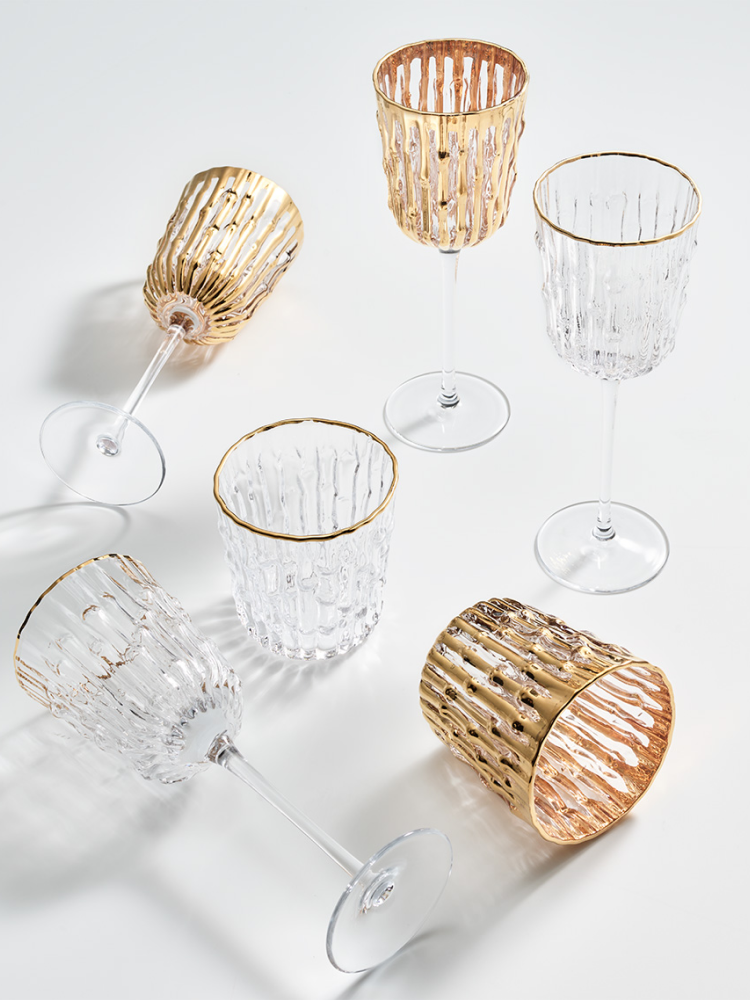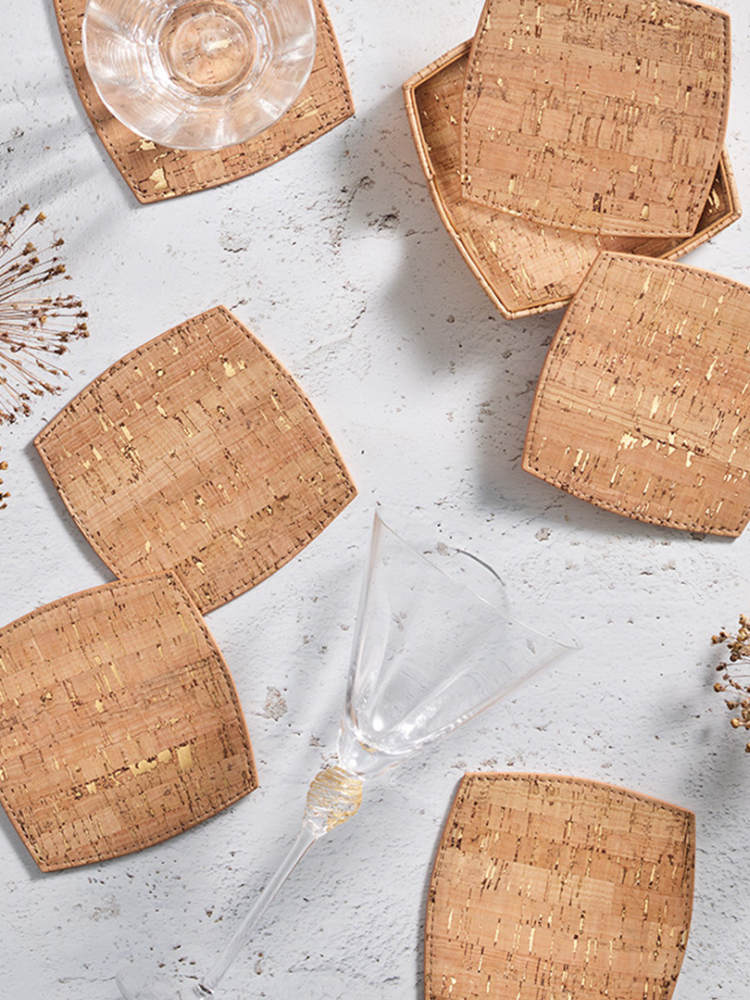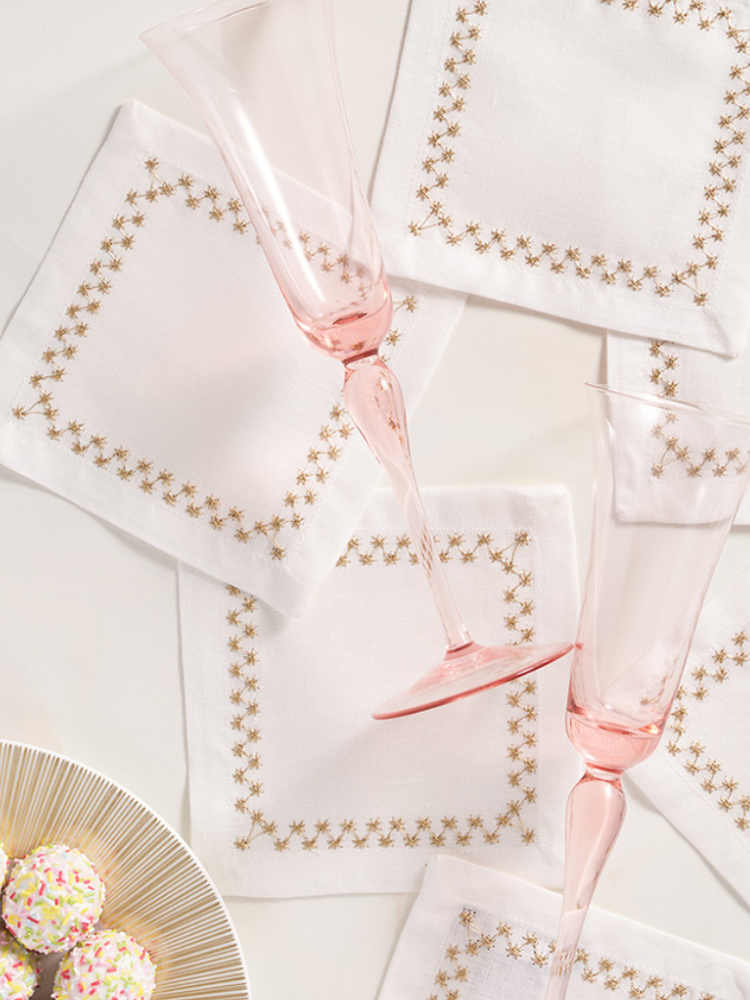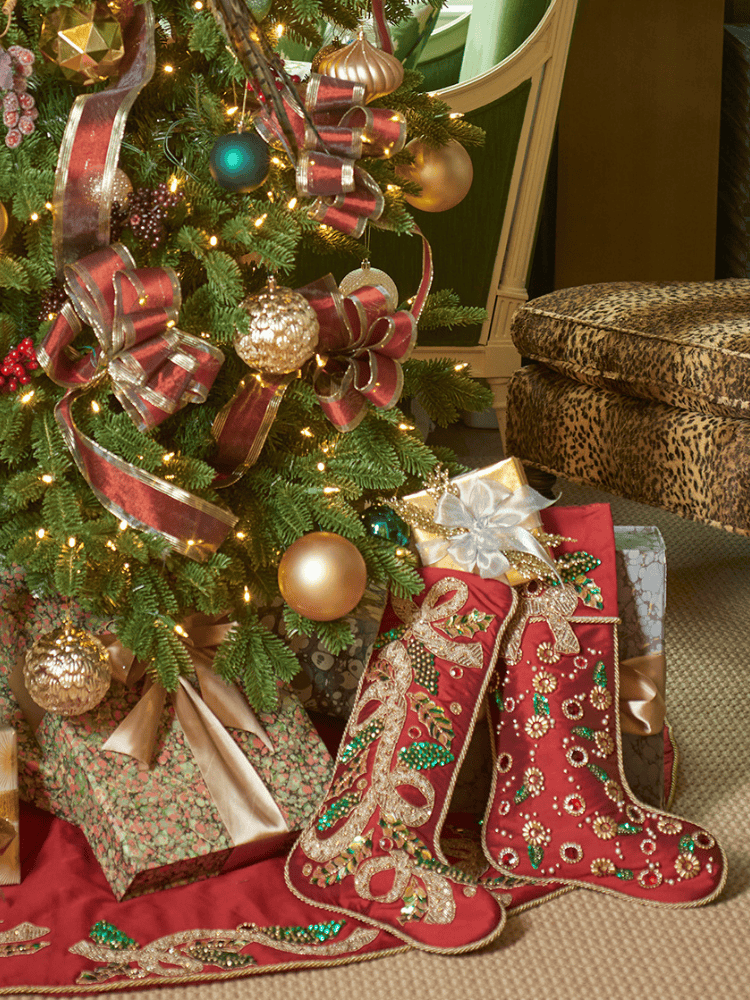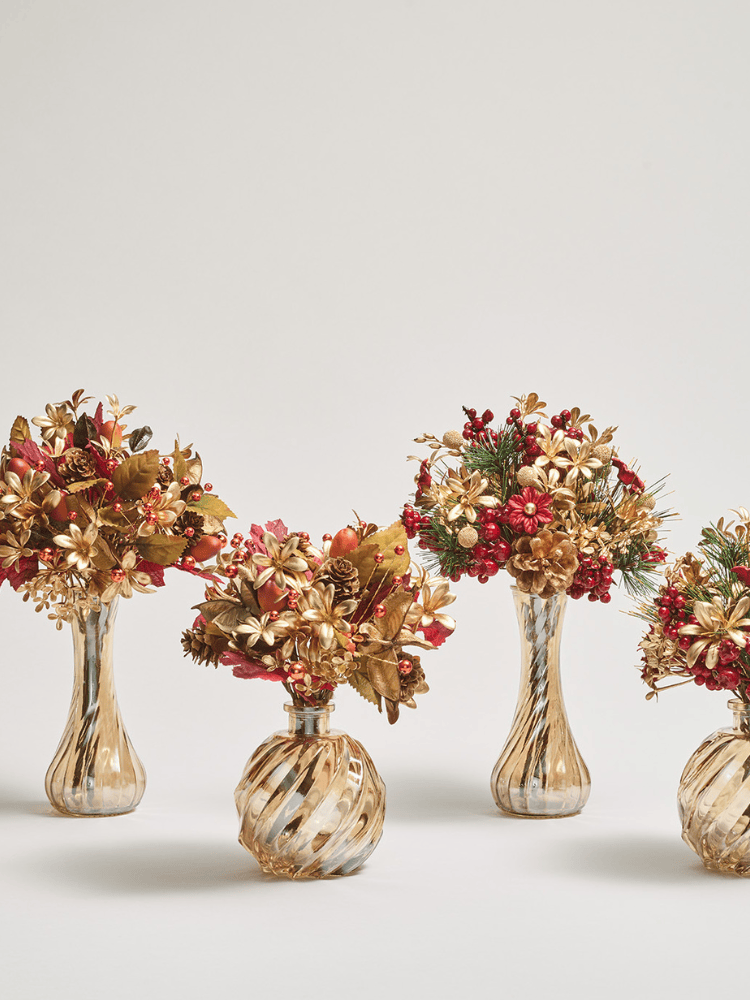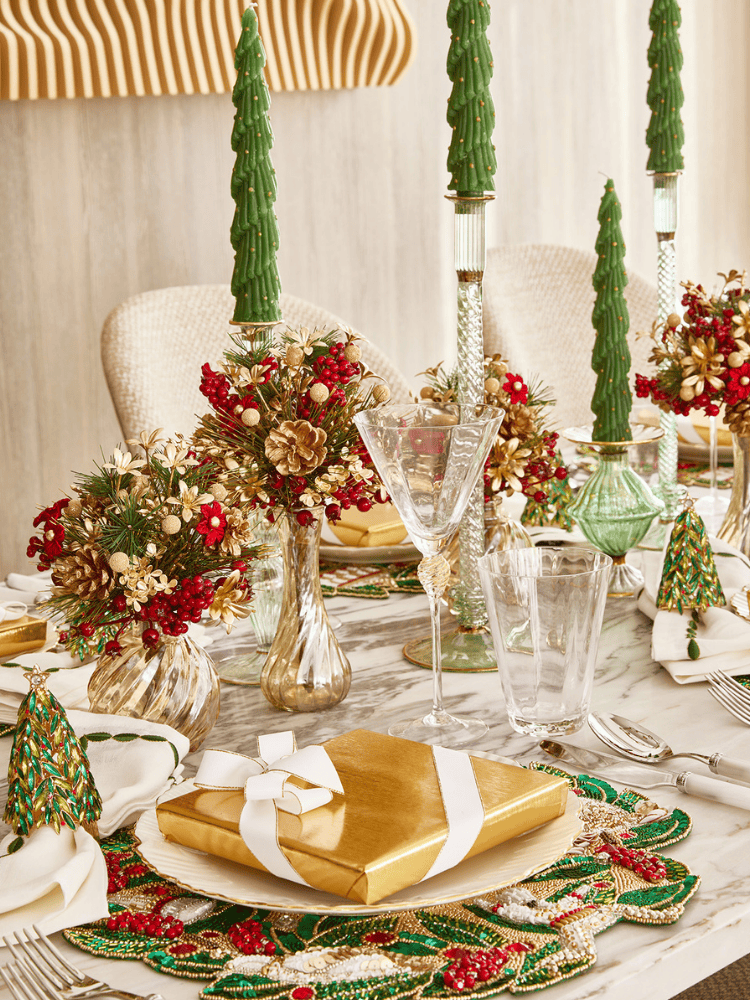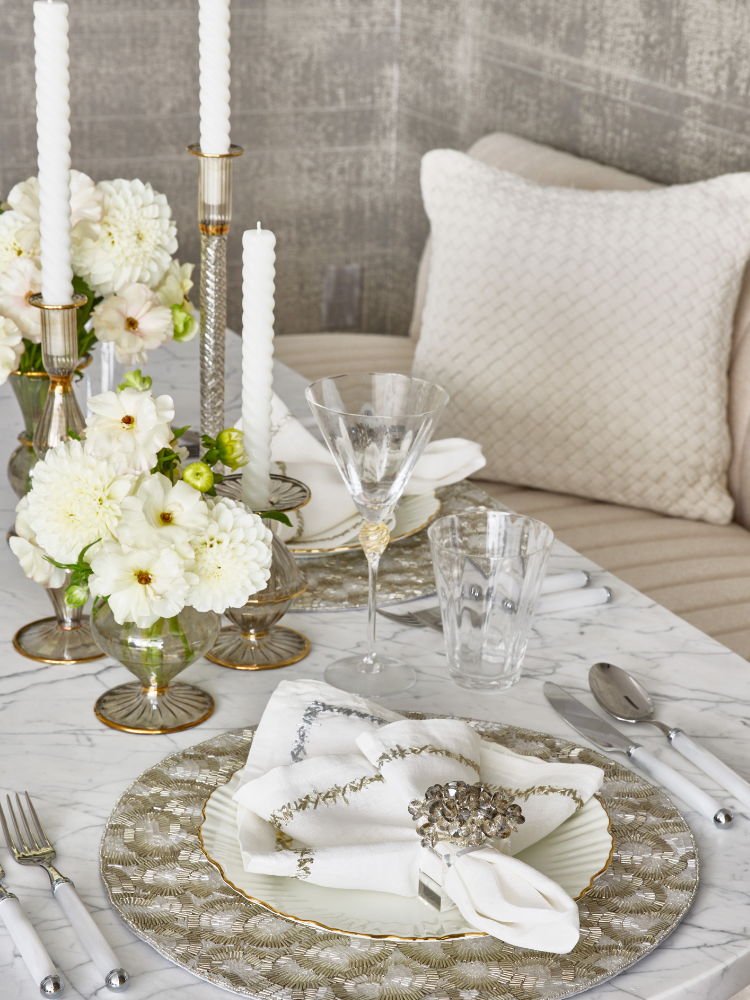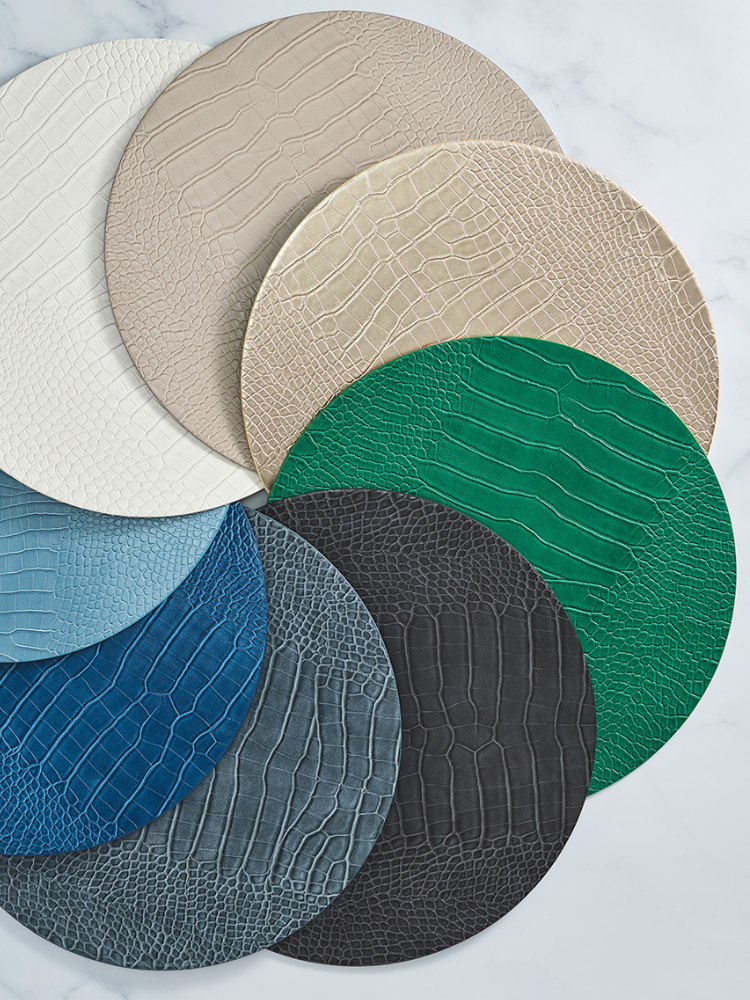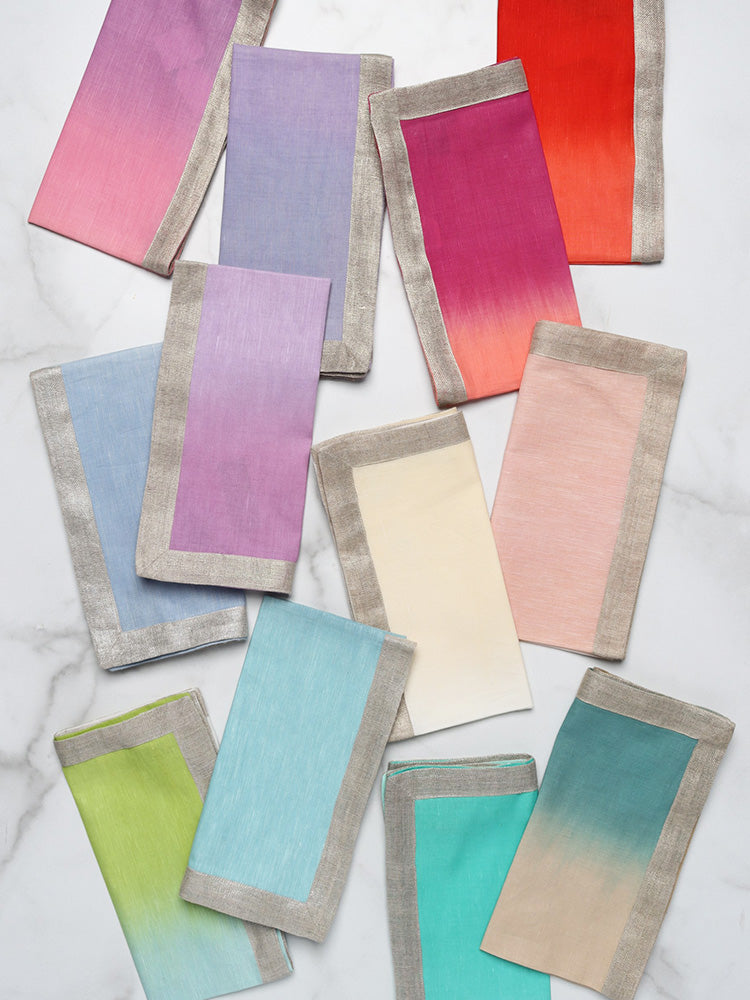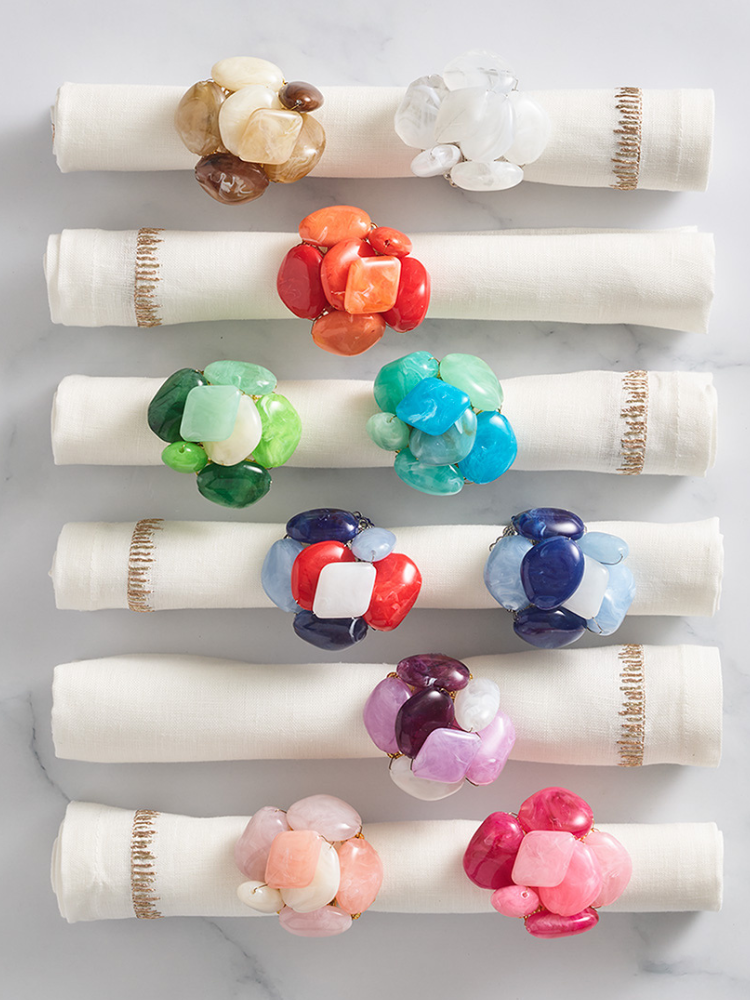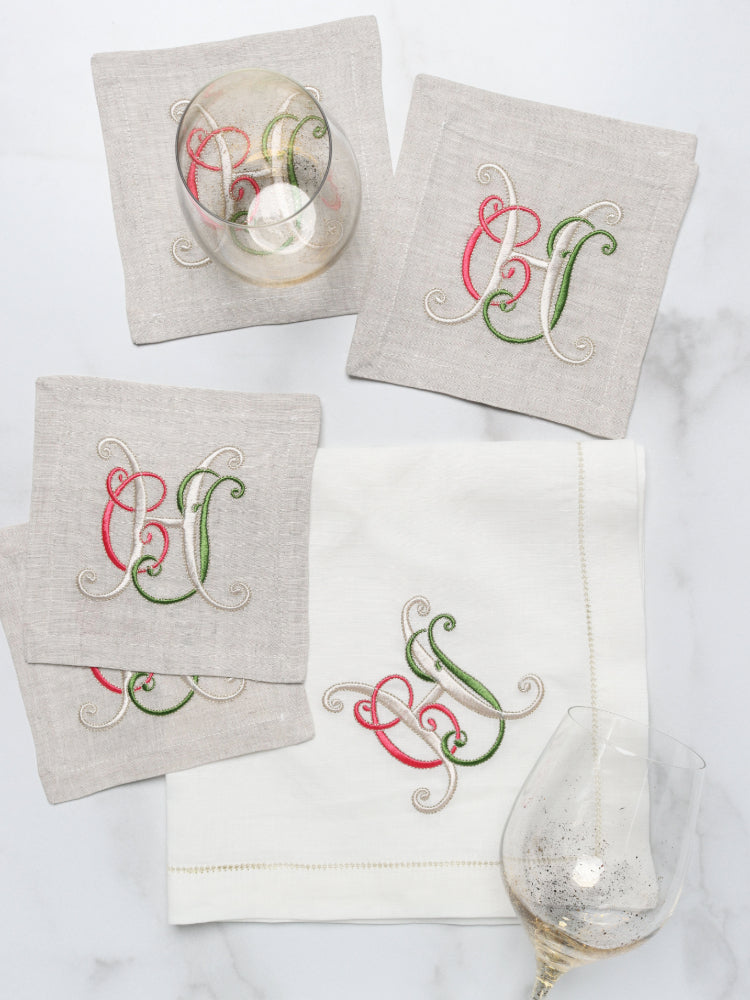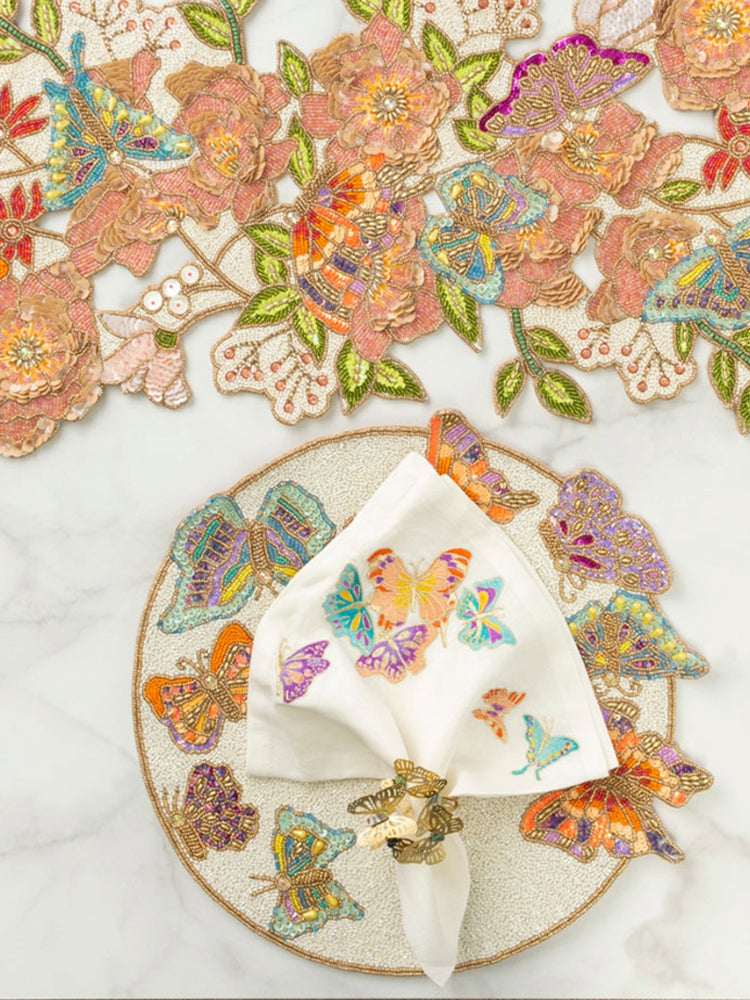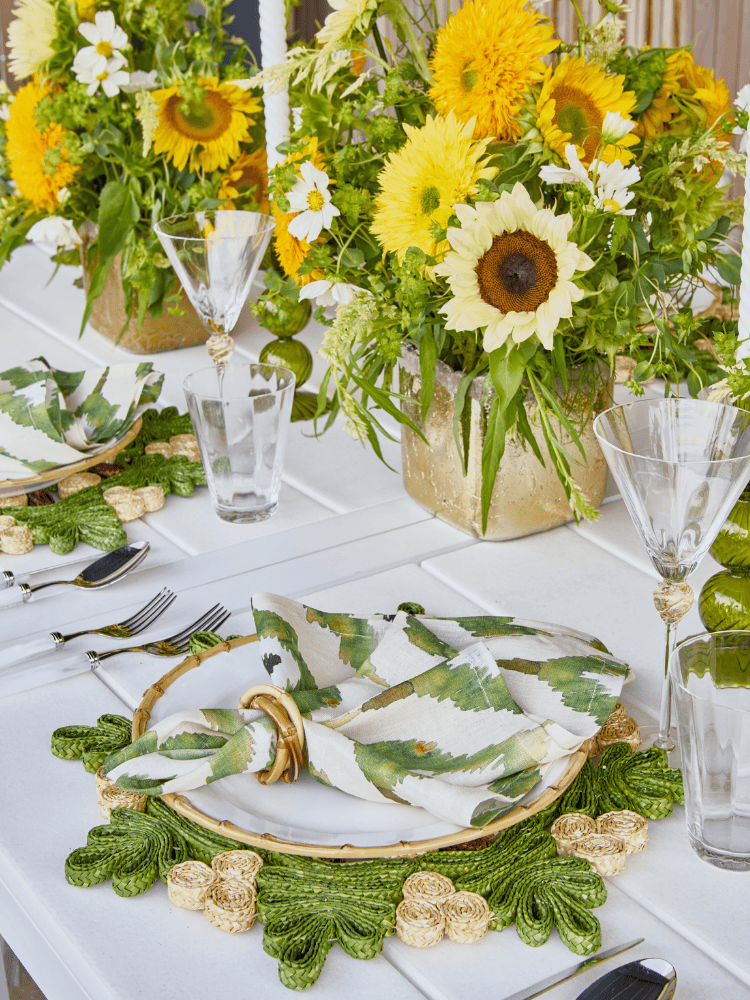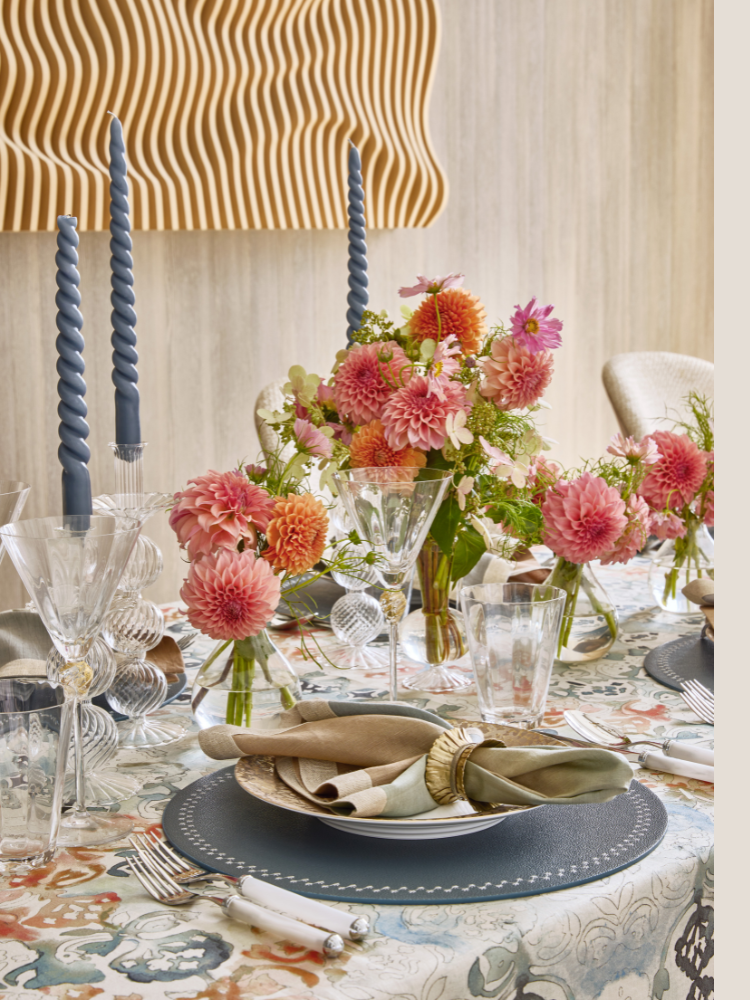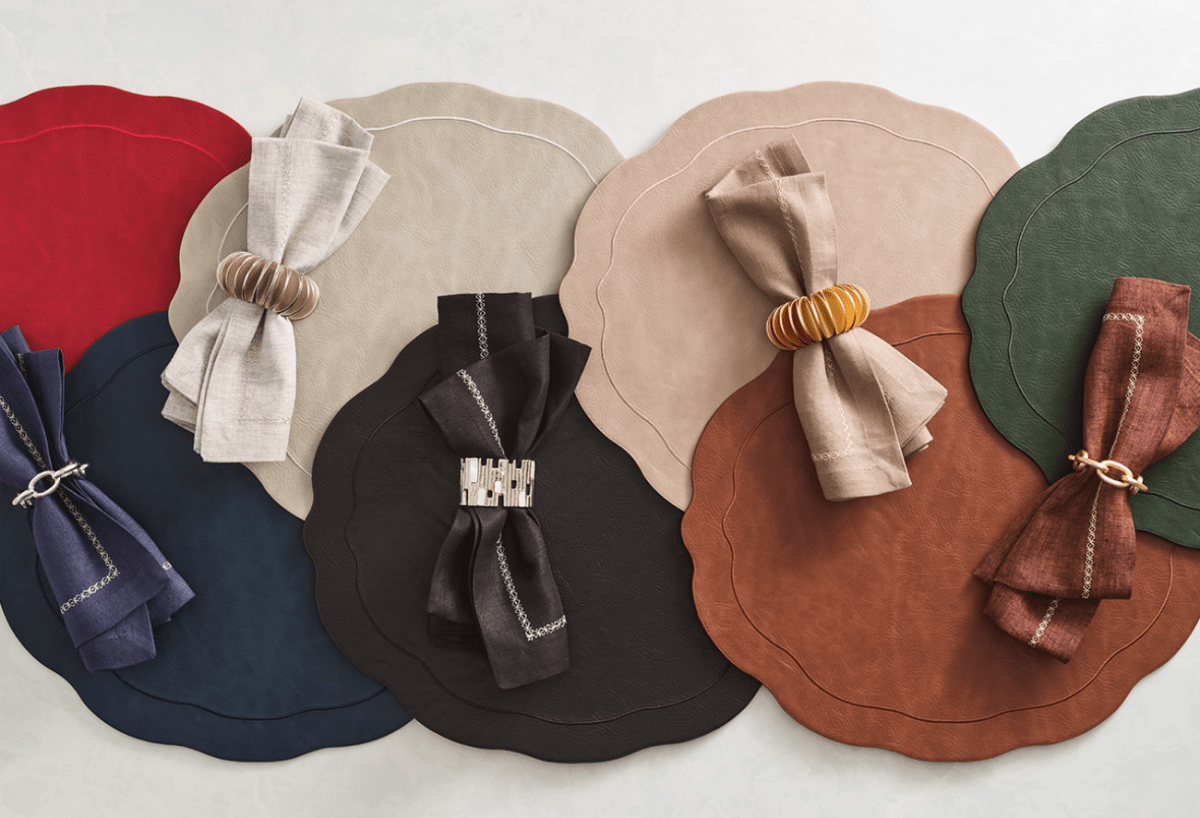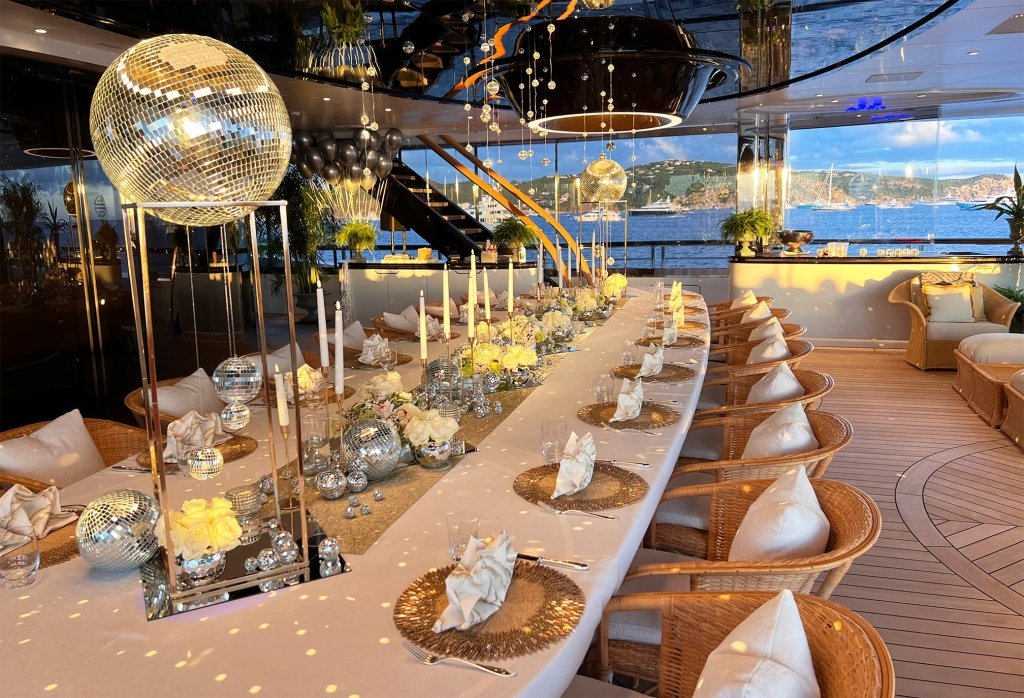Placemats: Essential Accents for Today's Dining Experience

In the ever-evolving realm of interior design and dining aesthetics, the debate over the relevance of placemats persists. Are they relics of a bygone era, or do they still hold sway in contemporary table settings? Let's delve into the history, practical benefits, style evolution, and their role in modern tablescapes to uncover the enduring charm of placemats.
Key Takeaways:
- Placemats Are Still Stylish: In 2025, placemats remain a key design element for modern tablescapes, blending functionality with elevated style.
- Current Trends: Popular designs feature luxurious materials like woven fibers, metallic accents, and beadwork, alongside bold patterns and vibrant colors.
- Versatility Redefined: Perfect for any occasion, from casual meals to formal gatherings, placemats adapt to diverse themes, offering endless design possibilities.
- Function Meets Fashion: Placemats protect your table while serving as a stylish foundation for creating layered, cohesive, and memorable table settings.
Are Placemats Still Stylish?

Absolutely! Placemats remain as stylish as ever in 2025, evolving into a must-have detail for modern tablescapes. Once seen as purely functional, they’ve transformed into design essentials that bring personality, texture, and polish to any dining setup. Whether you’re hosting an elegant dinner party or enjoying a casual brunch, placemats strike the perfect balance between practicality and style.
Placemats for Every Occasion
One of the reasons placemats remain in style is their versatility. They’re adaptable for casual meals, weekend brunches, or upscale gatherings alike. Layering them with chargers, tablecloths, or even textured runners adds dimension and charm, while mixing materials or alternating designs can give your table a touch of artistic flair. With the ability to suit any theme or vibe, placemats are an easy way to keep your table looking fresh and stylish year-round.
Blending Function and Fashion
Placemats continue to thrive because they seamlessly combine form and function. They not only protect your surfaces but also serve as the foundation for a thoughtfully crafted tablescape. Today’s designs feel both timeless and trend-conscious, proving that placemats are much more than a dining accessory—they’re a designer’s secret weapon to creating unforgettable table settings. When it comes to placemats in 2025, stylish is an understatement.
Placemat Trends 2025: A Key Player in Table Decor

As contemporary aesthetics shift in 2025, placemats are growing more stylish and relevant. In addition to versatile designs and practical benefits, here’s how it aligns with 2025 home decor and tablescape trends, such as:
- One of today’s major interior design trends is the rise of countertop dining in kitchens. A beautiful table mat is the perfect space-saving solution that works for this dining experience. For practical table settings with fashionable flair, consider new artisanal designs from Kim Seybert’s Spring 2025 Collection.
- The use of glass surfaces is also growing in 2025. In addition to luxury vases and colorful glassware, this prized material forms a beautiful table. Since table mats protect glass surfaces, top designers know high-quality table mats perfectly play into this popular aesthetic. Pro tip: Pair luxury placemats with decorative coasters for more protection
- Round dining tables are having a moment. Round placemats are a perfect match that reflects today’s love of organic shapes and relaxed, modern living.. In a wide range of materials, there are many great ways to add a touch of elegance. For more inspiration, explore how to choose placemats for a round table.
- Mixing and matching styles is leading the way in 2025. Table placemats are the perfect way to embrace the trend. Placemats give easy and impactful ways to layer color, texture, and personality while paired with today's best dinner plates.
- A collection of placemats are a stylish and sustainable alternative to disposable tableware, oversized tablecloths, and table linens. Made from easy-care materials, reusable placemat sets help reduce waste while enhancing dining spaces without compromising on elegance. Looking for more designer-approved advice? Explore Kim Seybert’s expert guide on how to clean placemats, with tips tailored to every style, stain, and fabric.
A Brief History of Placemats

Placemats trace their origins back to practical necessity. Initially, they were simple mats placed under plates and utensils to catch spills and protect the table's surface. Over time, as dining customs evolved and aesthetics gained prominence, placemats transformed into decorative accents. From basic cloth and woven designs to sophisticated materials and intricate patterns, placemats have adapted to suit changing tastes and lifestyles.
Placemats in Modern Dining

As trends in home decor and dining preferences shift, so too do the items that adorn our dining tables. Placemats, once considered essential for protecting tables from spills and stains, have transcended their utilitarian origins to become integral elements of table settings. Today, they not only offer practical benefits but also contribute significantly to the aesthetic appeal of dining spaces.
The Practical Benefits of Placemats



